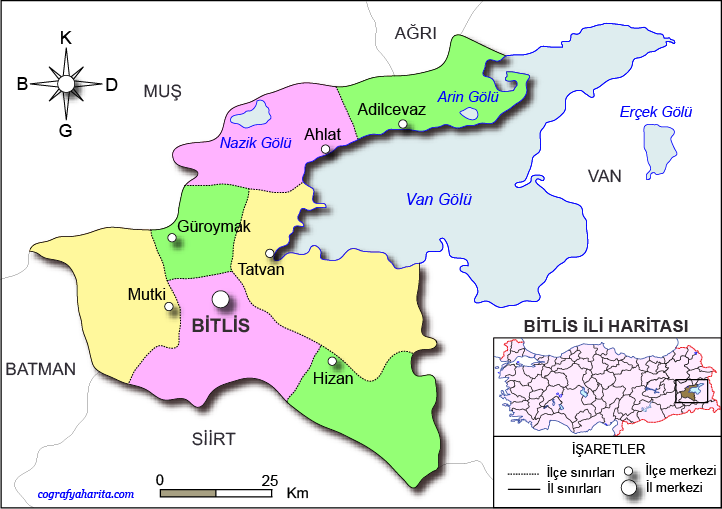türkçe links to original Turkish article
(Vatan Newspaper, 29 August 2018)

Ferrying nukes to Australia? (see below)
23 members of the Lake Van Activists Association, whose mission it is
to draw attention to the beauty of the lake and preserve it, climbed
nearby Mt. Süphan for the fourth time, the third highest mountain in
Turkey at 4,058 meters elevation.
At the summit of Mt.Süphan, though, the team encountered a motor
and other parts of an English plane that crashed there on 23 April 1959.
At the time, all 14 crew members were killed. Association President
Erdoğan Özel explained that "some parts of the plane were under the
glacier there. When the glacial lake dried the motor parts became
visible."
Aircraft part visible at lower right.
The 4-engine Avro Super Trader IV-type plane was flying from London
to Bahrain when on 23 April 1959 it crashed on Mt. Süphan, in
Adilcevaz district of Bitlis province. The plane had refueled in
Ankara and stories about its cargo circulated for years after the crash.
Because of bad weather, the wreckage was reached many days later.
None of the 14 crew members survived.

Mt. Süphan is in Bitlis's Adilcevaz district, on Lake Van's
north shore.
//Ed. Note: herewith related info from the internet.//
G-AGRH Zephyr was an Avro Super Trader IV cargo
aircraft, which crashed on Mount Süphan in eastern
Turkey on 23 April 1959. The Super Trader IV was
a modified Avro Tudor IV, which had been fitted with
an aft cargo door and was flown unpressurized.
G-AGRH Zephyr was an Avro Super Trader IV cargo
aircraft, which crashed on Mount Süphan in eastern
Turkey on 23 April 1959. The Super Trader IV was
a modified Avro Tudor IV, which had been fitted with
an aft cargo door and was flown unpressurized.
Loss
G-AGRH, owned by Air Charter Limited departed
long cargo flight from United Kingdom to Woomera
Airfield in Australia. The aircraft was carrying twelve
men and top-secret equipment for Woomera rocket
range. Between Ankara and Teheran, it used an air
corridor, which would take it over the middle of Lake
Van, Turkey's largest lake almost surrounded by
mountains and situated close to the Soviet-Armenian
border.[1]
and Elazığ at 08:59 (at FL135). The last position report
was received at 09:26 over Muş. The aircraft had crashed,
and was found six days later on Mount Süphan, a little
north of Lake Van.
A special Royal Air Force mountain rescue team of six
top of the mountain some days later and demolished the
plane wreckage with several explosives after retrieving
several important documents.[2]
There was unproven speculation that there were nuclear
warheads in the cargo. It was alleged by an anonymous source that
some years later, some local villagers who went to the wreck were
diagnosed with cancer and died due to high exposure to the
radioactive substances. It was concluded that the aircraft, which
had been flying on instruments, drifted north of its normal track
because of strong winds and crashed into the mountain.
Contributing factors were that the winds were stronger than forecast
– an accurate bearing could not be obtained at Muş, and the wind
on the flight and contacts with beacons were not coordinated and
controlled.
G-AGRH, owned by Air Charter Limited departed
long cargo flight from United Kingdom to Woomera
Airfield in Australia. The aircraft was carrying twelve
men and top-secret equipment for Woomera rocket
range. Between Ankara and Teheran, it used an air
corridor, which would take it over the middle of Lake
Van, Turkey's largest lake almost surrounded by
mountains and situated close to the Soviet-Armenian
border.[1]
and Elazığ at 08:59 (at FL135). The last position report
was received at 09:26 over Muş. The aircraft had crashed,
and was found six days later on Mount Süphan, a little
north of Lake Van.
A special Royal Air Force mountain rescue team of six
top of the mountain some days later and demolished the
plane wreckage with several explosives after retrieving
several important documents.[2]
There was unproven speculation that there were nuclear
warheads in the cargo. It was alleged by an anonymous source that
some years later, some local villagers who went to the wreck were
diagnosed with cancer and died due to high exposure to the
radioactive substances. It was concluded that the aircraft, which
had been flying on instruments, drifted north of its normal track
because of strong winds and crashed into the mountain.
Contributing factors were that the winds were stronger than forecast
– an accurate bearing could not be obtained at Muş, and the wind
on the flight and contacts with beacons were not coordinated and
controlled.


Hiç yorum yok:
Yorum Gönder